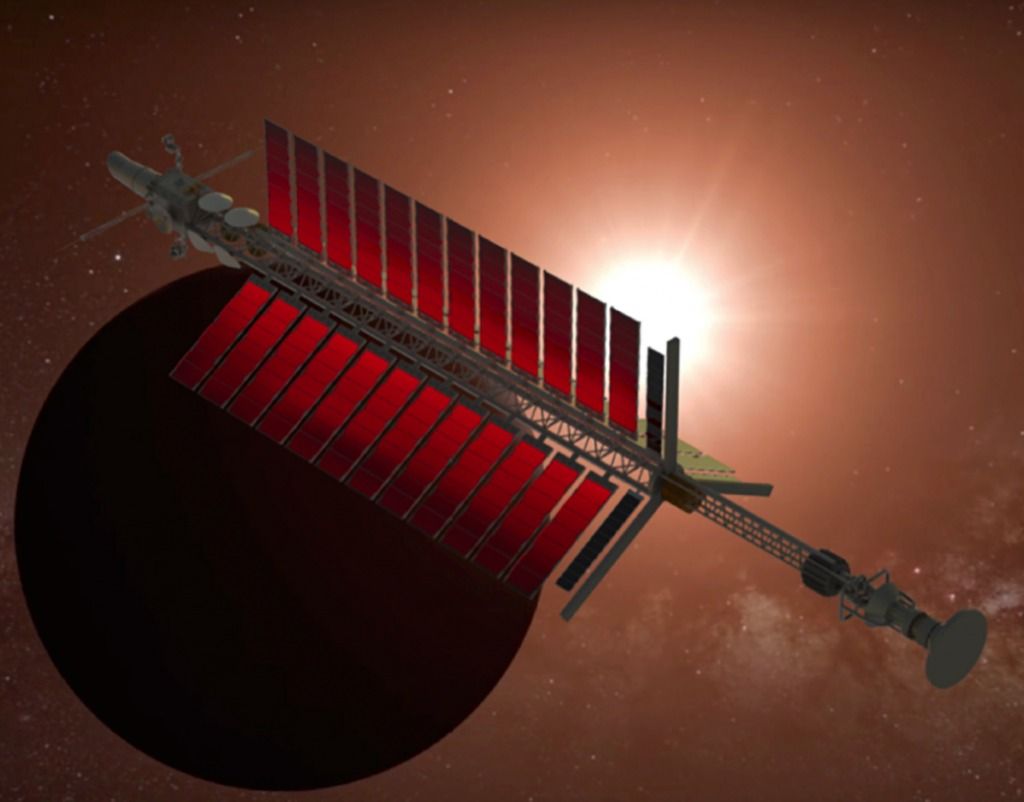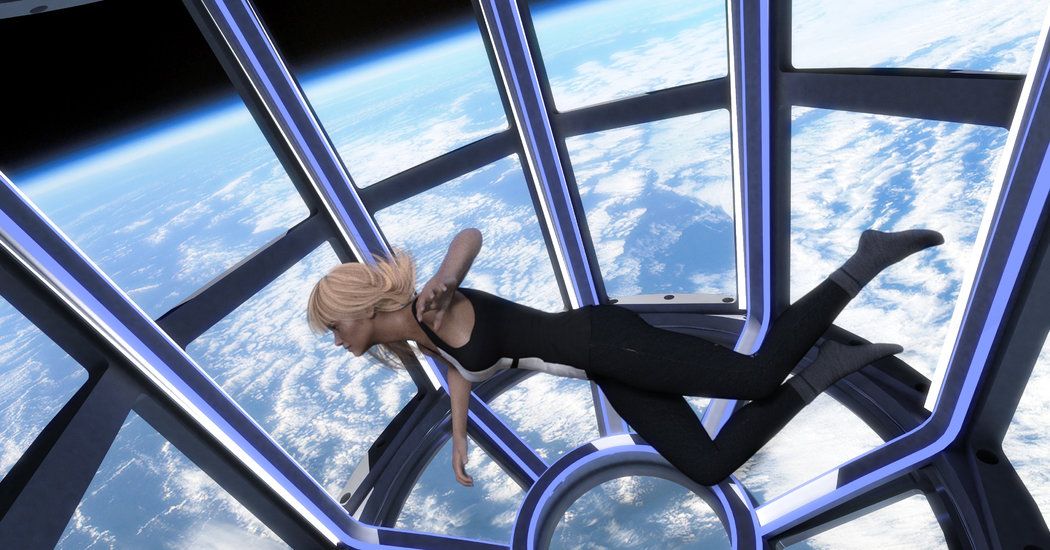This ancient interstellar dust formed the Earth and the solar system.
Particles collected from Earth’s upper atmosphere, originally deposited by comets, are older than our Solar System, scientists say – and these fine bits of interstellar dust could teach us about how planets and stars form from the very beginning.
These cosmic particles have lived through at least 4.6 billion years and travelled across incredible distances, according to the new research into their chemical composition.
The international team of scientists behind this study are confident that we’re looking at the very basic materials making up the planetary bodies currently whizzing around our Sun. For anyone studying the origins of the Universe, it’s a fantastic finding.









